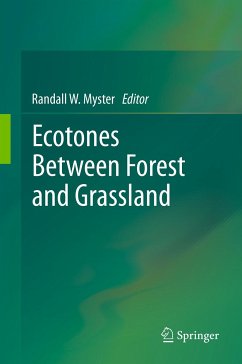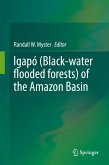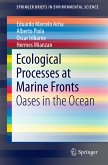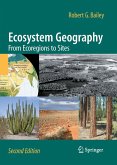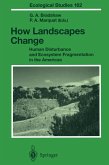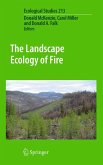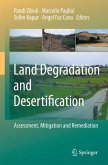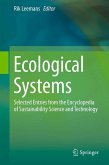Ecotones are dynamic over-lapping boundary areas where major terrestrial biomes meet. As past studies have shown, and as the chapters in this book will illustrate, their structure, size, and scope have changed considerably over the millennia, expanding and shrinking as climate and/or other driving conditions, also changed. Today, however, many of them are changing at a rate not seen for a long time, perhaps largely due to climate change and other human-induced factors. Indeed ecotones are more sensitive to climate change than the biomes on either side, and thus may serve as critical early indicators of future climate change. As ecotones change, they also redefine the limits of the biomes on either side by altering their distributions of species because, in addition to their own endemic species, any ecotone will also have species from both adjoining biomes. Consequently, they may also be places of high levels of species interaction, serving as active evolutionary laboratories, which generate new species that then migrate back into adjacent biomes.
Ecotones Between Forest and Grassland explores how these ecotones have changed in the past, how they are changing today, and how they are likely to change in the future. The book includes chapters from around the world with a special focus on South American and Neotropical ecotones.
Dieser Download kann aus rechtlichen Gründen nur mit Rechnungsadresse in A, B, BG, CY, CZ, D, DK, EW, E, FIN, F, GR, HR, H, IRL, I, LT, L, LR, M, NL, PL, P, R, S, SLO, SK ausgeliefert werden.

